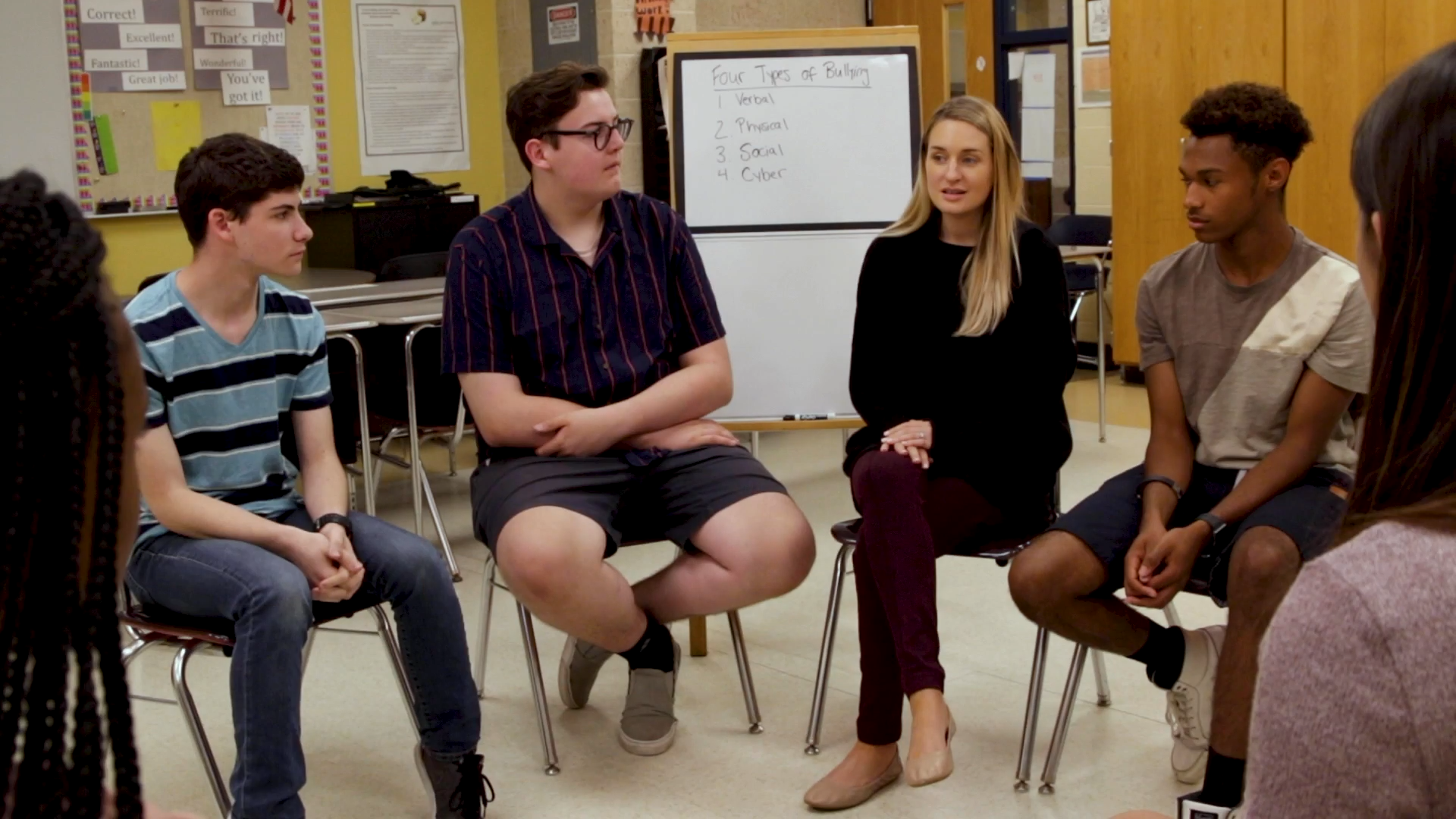
Introduction
Bullying is a pervasive issue that affects many students, and it can take on different forms. As educators, it’s crucial to teach high school students about the four types of bullying: verbal, physical, social, and cyber. By understanding these different forms, students can better recognize and address bullying when it occurs. This blog post will discuss an easy-to-implement activity for educators to use in the classroom and provide discussion questions to further explore the topic. Additionally, we’ll mention other relevant skills and encourage you to sign up for free sample materials at Everyday Speech.
No-Prep Activity
This no-prep activity aims to help students identify the four types of bullying and understand their impact. It requires no additional materials or preparation from the educator and can be easily facilitated in the classroom.
Begin by dividing the class into small groups of 4-5 students. Ask each group to come up with a fictional scenario that illustrates one of the four types of bullying (verbal, physical, social, or cyber). Encourage students to think about the feelings and consequences for the person being bullied and the person doing the bullying. Once each group has created their scenario, have them present it to the class. After each presentation, engage the entire class in a discussion about the type of bullying demonstrated and how it could be addressed.
Discussion Questions
- How can recognizing the different types of bullying help you and your peers address it more effectively?
- What are some strategies to deal with each type of bullying when you witness it or experience it yourself?
- How can bystanders play a role in preventing and addressing bullying?
- Why do you think some people choose to bully others, and how can understanding their motivations help in addressing the issue?
- What are the long-term consequences of bullying for both the person being bullied and the person doing the bullying?
Related Skills
In addition to understanding the four types of bullying, there are several other relevant skills that students can develop to foster a healthy and supportive school environment. These skills include:
- Effective communication: Learning to express thoughts and feelings clearly and respectfully can help prevent misunderstandings and conflicts.
- Empathy: Understanding and sharing the feelings of others can lead to a more compassionate and supportive community.
- Conflict resolution: Developing strategies for resolving disagreements in a constructive and respectful manner can help minimize instances of bullying.
- Assertiveness: Learning to stand up for oneself and others in a respectful and confident manner can discourage bullying behaviors.
- Self-awareness: Understanding one’s emotions and recognizing their impact on others can help students develop healthier relationships.
Next Steps
Teaching students about the different types of bullying and related skills is essential for creating a safe and supportive school environment. We encourage you to explore more resources and activities by signing up for free sample materials at Everyday Speech. These materials can help you foster social-emotional learning and support your students’ growth and development.

